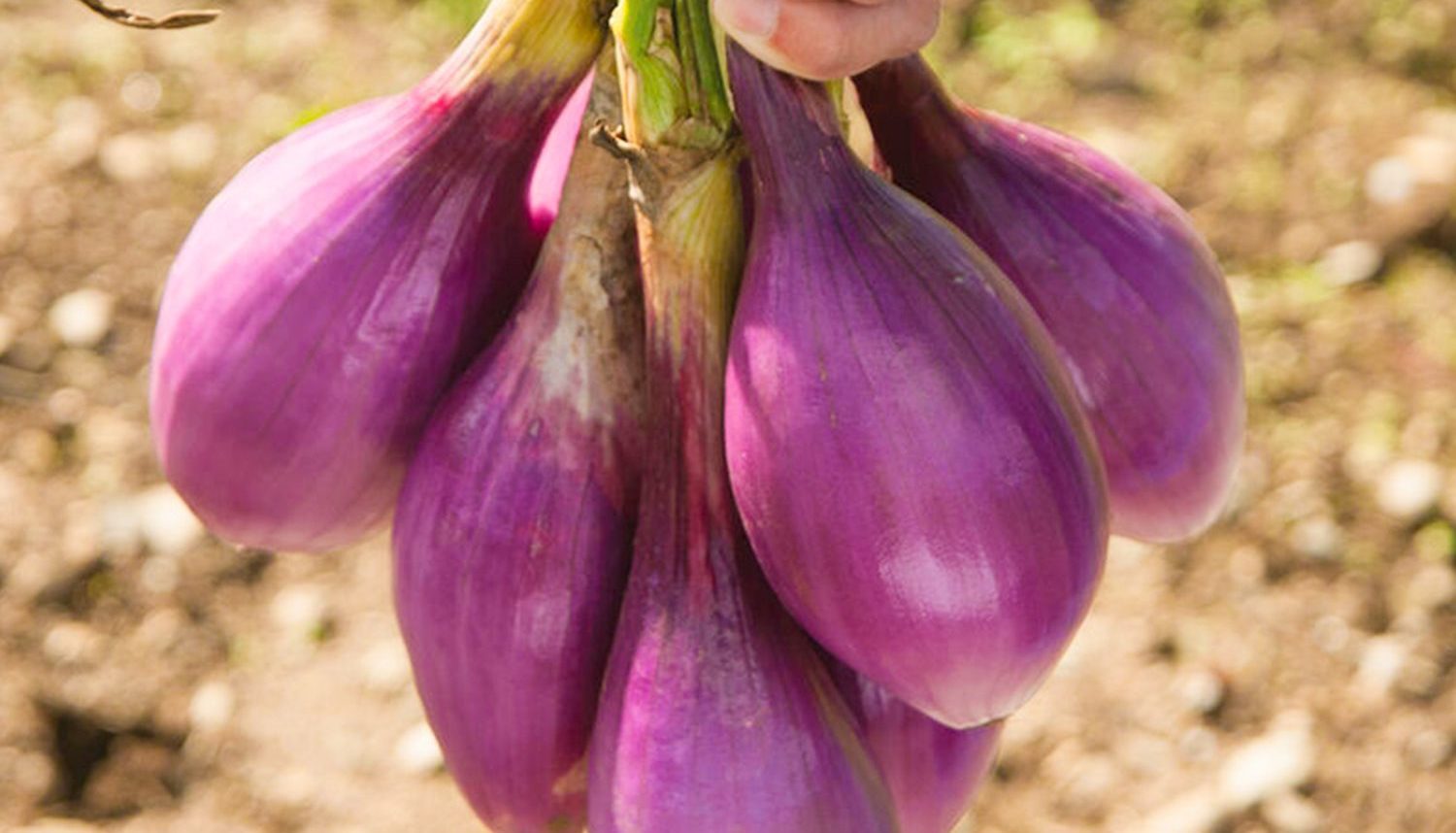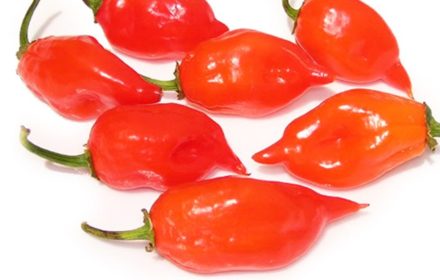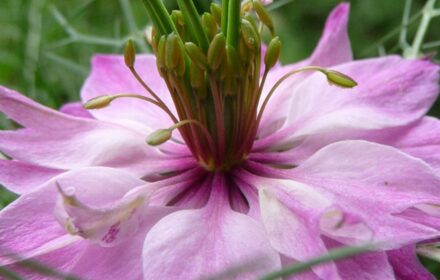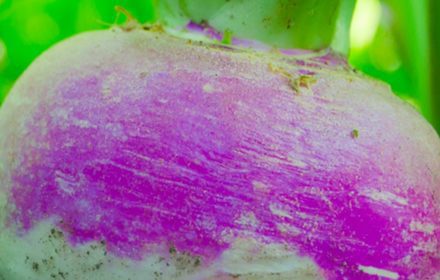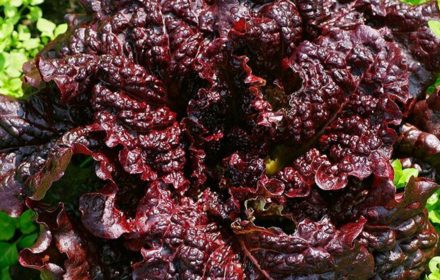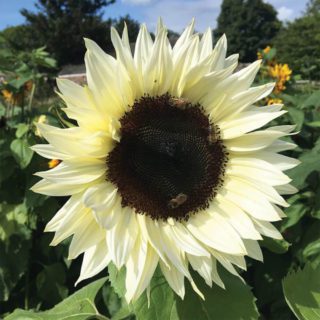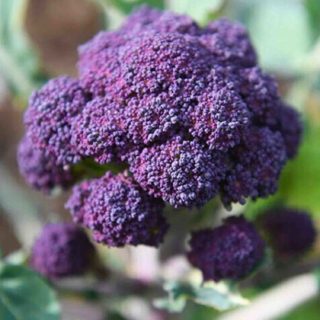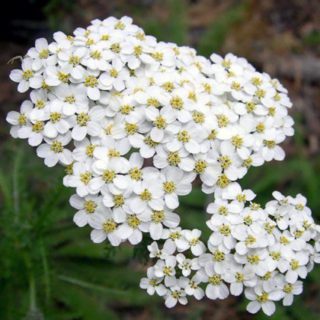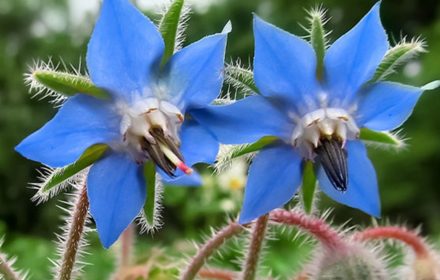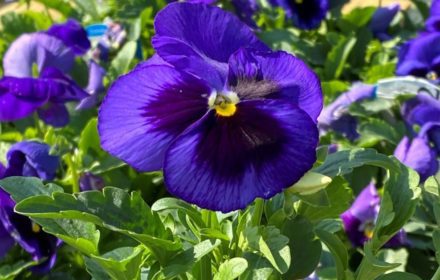How to Grow Long Scarlet Sweet Red Onions from Seeds
Long Scarlet Sweet Red Onions are a distinctive Italian variety known for their elongated shape, vibrant red colour, and sweet, mild flavour. These versatile onions can be harvested early as small, tender spring onions or allowed to mature into large, robust bulbs. Suitable for growing in vegetable patches, greenhouses, containers, and even windowsills, they add a unique twist to salads, roasts, and a variety of dishes. Follow this guide to successfully sow and grow Long Scarlet Sweet Red Onion seeds in your UK garden.
When and Where to Sow Long Scarlet Sweet Red Onion Seeds
- Outdoor Sowing: Sow seeds directly outdoors from mid-spring to early summer (April to June) when the soil has warmed up. Onions thrive in well-drained, fertile soil and need full sunlight to develop properly.
- Indoor Sowing: For an earlier start or to extend the growing season, sow seeds indoors from late winter to early spring (February to April). This allows you to transplant well-established seedlings outdoors once the weather is suitable.
Ideal Growing Conditions for Long Scarlet Sweet Red Onion Plants
- Soil Requirements: Onions prefer well-drained, fertile soil with a slightly acidic to neutral pH (6.0-7.0). Prepare the soil by removing weeds and incorporating compost or well-rotted manure to improve structure and fertility.
- Sunlight: Choose a location that receives full sun, with at least 6-8 hours of direct sunlight daily. Onions require plenty of sunlight to form large, healthy bulbs.
- Temperature: Ideal germination temperatures are between 14-22°C (57-72°F). For outdoor sowing, ensure the soil temperature is consistently warm to promote good germination.
How to Sow Long Scarlet Sweet Red Onion Seeds Outdoors
- Preparing the Soil: Choose a sunny, well-drained spot and prepare the soil by removing any weeds and raking it to a fine tilth. If the soil is heavy or clay-like, add sand or grit to improve drainage.
- Sowing Depth and Spacing: Sow seeds at a depth of about 1.5 cm (1/2 inch). Space the seeds 15 cm (6 inches) apart within rows, with rows spaced 30 cm (12 inches) apart. This spacing allows the bulbs to develop fully without competition.
- Watering: Water gently to moisten the soil, taking care not to dislodge the seeds. Keep the soil consistently moist but not waterlogged during the germination period, which typically takes 14-21 days.
- Thinning: Once seedlings have developed 2-3 true leaves and are large enough to handle, thin them to about 10-15 cm (4-6 inches) apart. Use the thinned seedlings as young spring onions in salads and dishes.
How to Sow Long Scarlet Sweet Red Onion Seeds Indoors
- Sowing in Pots or Trays: Fill seed trays or small pots with seed compost. Sow the seeds thinly on the surface and cover lightly with a thin layer of compost, about 1.5 cm (1/2 inch) deep. Firm gently and water well.
- Germination Conditions: Place the trays in a bright, cool location such as a windowsill or unheated greenhouse. Maintain a temperature of 14-22°C (57-72°F). Cover with a clear plastic lid or polythene bag to retain moisture, ensuring good ventilation to prevent mould.
- Watering: Keep the compost consistently moist but not waterlogged. Water gently to avoid disturbing the seeds. Seedlings should emerge within 14-21 days.
- Transplanting Seedlings: When seedlings have developed 2-3 true leaves and are about 7-10 cm (3-4 inches) tall, transplant them into individual pots or directly into the garden. Harden off the seedlings for about a week before planting out by placing them outside during the day and bringing them in at night.
Caring for Long Scarlet Sweet Red Onion Plants
- Watering: Keep the soil consistently moist, especially during dry spells. Onions have shallow roots and require regular watering, but avoid waterlogging, as this can lead to bulb rot.
- Feeding: Apply a balanced, general-purpose fertiliser once or twice during the growing season to support healthy growth and bulb formation. Avoid high-nitrogen feeds, as they can encourage excessive leafy growth at the expense of bulb development.
- Mulching: Apply a thin layer of organic mulch around the base of the plants to retain soil moisture, suppress weeds, and regulate soil temperature. This is particularly beneficial during the summer months.
- Thinning and Weeding: Keep the onion beds free of weeds to reduce competition for nutrients and water. Regular weeding is essential, as onions do not tolerate competition well.
Harvesting and Storing Long Scarlet Sweet Red Onions
- Harvesting Time: For spring onions, harvest when the plants are about 30 cm (12 inches) tall, typically 8-10 weeks after sowing. For mature onions, wait until the bulbs have reached their full size, about 20-24 weeks after sowing. The leaves will start to yellow and flop over, indicating that the onions are ready for harvest.
- How to Harvest: Use a fork to gently lift the onions from the soil, being careful not to damage the bulbs. Remove any soil from the roots and allow the onions to dry on the surface for a few hours.
- Curing: Place the harvested onions in a warm, dry, and well-ventilated area for 2-3 weeks to cure. This process helps to harden the outer skins and improves their storage life.
- Storage: Once cured, store the onions in a cool, dry, and dark place. They can be stored in mesh bags, crates, or tied into bundles and hung up. Properly stored, they can last for several months.
Using Long Scarlet Sweet Red Onions in the Kitchen
- Raw: These sweet red onions are perfect for adding a fresh crunch to salads, sandwiches, and wraps. Their mild flavour makes them ideal for eating raw.
- Cooked: Use them in a variety of dishes, such as stir-fries, roasts, and caramelised onion recipes. Their sweet flavour intensifies when cooked, making them a versatile ingredient.
- Pickling: Due to their unique shape and sweetness, these onions are excellent for pickling. Slice thinly and preserve in vinegar for a tangy condiment.
Common Issues and Tips for Growing Long Scarlet Sweet Red Onions
- Preventing Bolting: Onions can bolt (go to seed) in hot weather or when stressed. To prevent this, keep the soil consistently moist and provide shade during hot spells. Choose bolt-resistant varieties for summer planting.
- Managing Pests: Watch out for common pests like onion fly, thrips, and aphids. Use organic deterrents and regularly inspect plants for signs of infestation. Promptly remove affected leaves to prevent the spread of disease.
- Avoiding Bulb Rot: To prevent bulb rot, ensure good soil drainage and avoid overwatering. Raised beds or mounded rows can help improve drainage in heavy or clay soils.
Common Questions About Growing Long Scarlet Sweet Red Onions
- Can Long Scarlet Sweet Red Onions be grown in containers? Yes, these onions can be successfully grown in containers. Choose a pot that is at least 20 cm (8 inches) deep with good drainage. Use a high-quality potting mix and water regularly to keep the soil evenly moist.
- How do I know when my onions are ready to harvest? Mature onions are ready to harvest when the tops have yellowed and fallen over naturally. For spring onions, harvest when the plants are about 30 cm (12 inches) tall.
- How can I prevent my onions from becoming bitter? Bitter onions can result from irregular watering or harvesting too late. Keep the soil consistently moist and harvest the bulbs as soon as they reach maturity.
By following these steps, you can enjoy a bountiful harvest of Long Scarlet Sweet Red Onions in your garden. Whether grown for spring onions or mature bulbs, these versatile vegetables are a delicious and rewarding addition to any kitchen garden.

